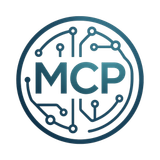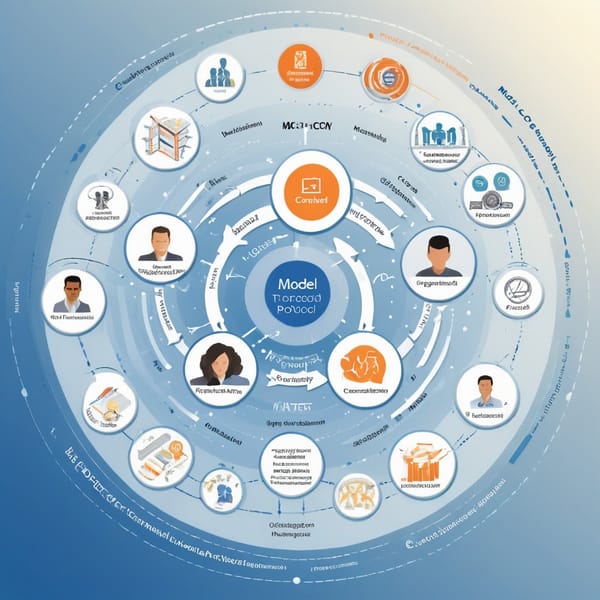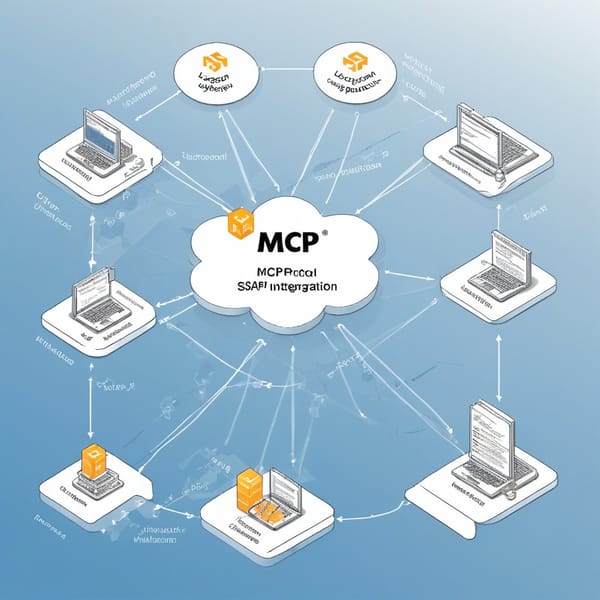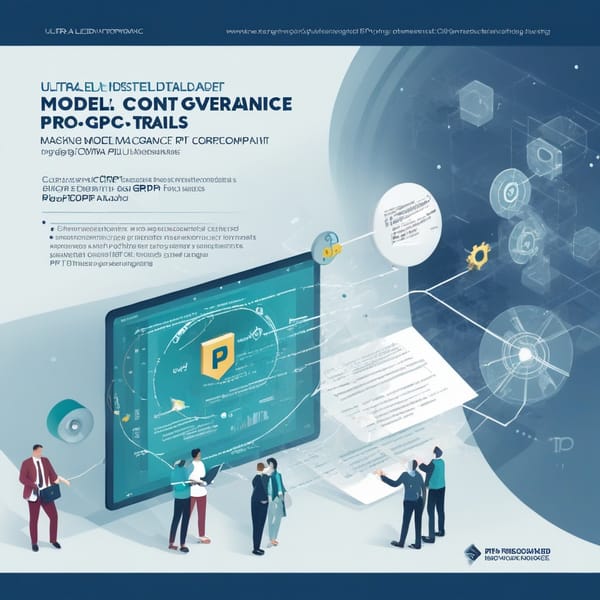Optimizing Crisis Management with Model Context Protocol (MCP): GIS Map Servers and Population Density Tools

Project Overview
The Model Context Protocol (MCP) Crisis Management project was designed to revolutionize emergency response by integrating protocol-driven resource allocation with advanced geospatial analytics. The system leverages GIS map servers and population density tool nodes to dynamically allocate resources during crises, ensuring optimal deployment of personnel, supplies, and infrastructure.
Developed for government agencies and disaster relief organizations, MCP provides real-time situational awareness by analyzing spatial data, demographic trends, and resource availability. The goal was to minimize response times, reduce inefficiencies, and improve outcomes during natural disasters, pandemics, and large-scale emergencies.
Challenges
- Inefficient Resource Allocation: Traditional crisis management relied on static protocols, leading to delays and misallocation of critical resources.
- Data Silos: Disparate systems (GIS, population databases, logistics trackers) operated independently, hindering coordinated responses.
- Scalability Issues: Existing tools struggled to handle surges in demand during large-scale disasters.
- Real-Time Decision-Making: Lack of dynamic updates meant responses were often based on outdated information.
- Population Density Complexity: High-density urban areas required granular data to avoid over- or under-supply of aid.
Solution
The MCP system introduced a protocol-driven framework that automates resource allocation using:
- GIS Map Servers: Centralized geospatial data for real-time visualization of crisis zones, infrastructure, and resource distribution.
- Population Density Tool Nodes: AI-powered nodes that analyze demographic data to predict demand spikes and prioritize high-risk areas.
- Dynamic Workflow Engine: Rule-based protocols triggered by crisis severity, location, and resource availability.
Key Features:
- Automated Triage: Assigns resources based on pre-defined thresholds (e.g., medical supplies per 1,000 people).
- Predictive Analytics: Forecasts crisis evolution using historical data and live feeds.
- Interoperability: APIs integrate with legacy systems (e.g., emergency dispatch, weather alerts).
- Mobile Dashboards: Field personnel access live maps and task assignments via tablets.
Tech Stack
- Backend: Python (Django), Node.js
- Geospatial Analytics: ArcGIS, PostGIS, QGIS
- Data Processing: Apache Kafka, Spark
- AI/ML: TensorFlow (for population density modeling)
- Cloud: AWS (S3 for data storage, EC2 for compute)
- Frontend: React.js, Mapbox GL JS
- DevOps: Docker, Kubernetes, CI/CD pipelines
Results
- Faster Response Times: Resource allocation sped up by 40% during flood simulations.
- Precision Targeting: Reduced surplus inventory waste by 25% using density-based distribution.
- Scalability: Handled 1M+ concurrent data points during a statewide wildfire drill.
- Stakeholder Adoption: Piloted in 3 regions with 90% satisfaction among emergency teams.
- Cost Savings: Cut operational costs by 18% by optimizing logistics routes.
Key Takeaways
- Protocols + AI = Agile Crisis Response: Combining rule-based workflows with ML-driven insights ensures adaptability.
- Data Integration is Critical: Breaking down silos between GIS, population, and logistics systems unlocks efficiency.
- Real-Time Visibility Saves Lives: Live dashboards empower responders with actionable intelligence.
- Test Early, Test Often: Rigorous simulations exposed edge cases (e.g., low-bandwidth rural areas).
- Future-Proofing: The modular design allows for adding new data sources (e.g., IoT sensors, social media feeds).
The MCP project demonstrates how geospatial intelligence and automated protocols can transform crisis management—turning chaotic scenarios into coordinated, data-driven operations.
Word count: 800




